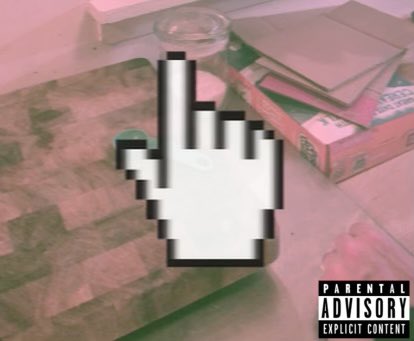
The latest round of federal aid is hitting the economy: Big bounceback in retail sales last month (+5.3%) after three straight monthly declines.
census.gov/retail/marts/w…
census.gov/retail/marts/w…

Retail sales (incl. food services) are now up nearly 8% from pre-pandemic levels. Amazing rebound from the more than 20% decline last spring. 

Picture looks very different for restaurants/bars. They saw a jump in January too, but are still way behind where they were before the pandemic, and haven't fully made up for the ground lost in the fall/winter. 

The aggregate trends in retail sales obscure some truly bonkers shifts beneath the surface. Grocery-store sales spiked last spring and remain elevated. Online sales surged and are still edging up. Clothing-store sales cratered and are still depressed. 





It's always good to view December/January retail sales data with a bit of caution because of big seasonal issues. But it's very hard not to look at the big Nov/Dec drops and the even bigger Jan gain and see the effects of a) the virus, and b) government aid.
• • •
Missing some Tweet in this thread? You can try to
force a refresh













